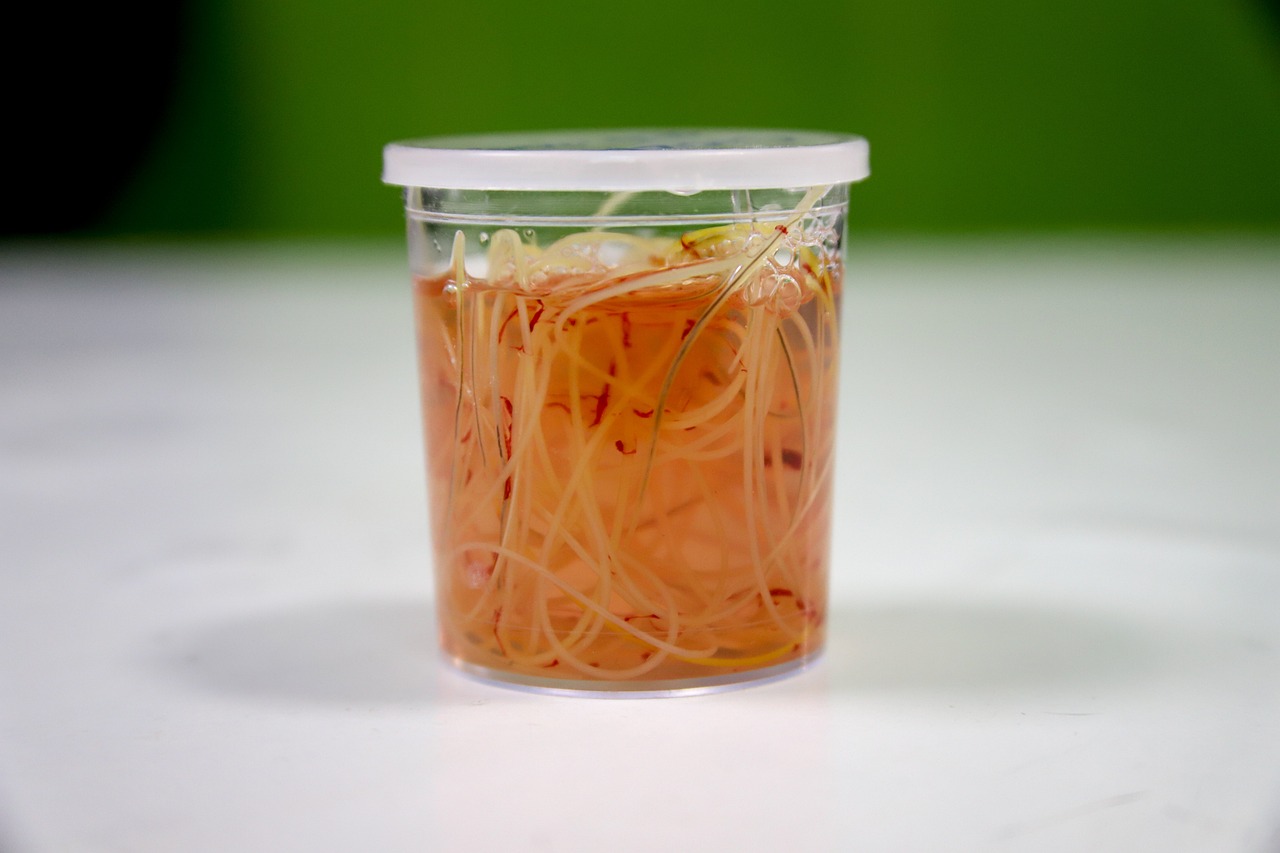Table of Contents
ToggleIntroduction:
A new report by experts at Harvard Law School and New York University has highlighted the significant risk of infectious disease outbreaks in humans posed by animal industries in the United States. The report analyzed 36 animal markets in the United States, including dog breeding, hunting and trapping, livestock auctions, backyard chicken farming, and petting zoos. This article delves deeper into the risks posed by animal industries in the US, the inadequate regulation, and what needs to be done to mitigate these risks.
The Extent of Animal Industries in the U.S.:
The United States is home to a vast array of animal industries, including industrial agriculture, fur farming, and the exotic pet trade. According to the report, the country produces more than 10 billion land animals for food every year, including more pigs and poultry than nearly any other country. It is also the world’s leading importer of both livestock and wild animals.
The Risks of Zoonotic Diseases:
Zoonotic diseases, which spread from animals to humans, account for approximately 60% of all known infectious diseases and 75% of new and emerging ones, according to the Centers for Disease Control and Prevention. The report highlights the dangers posed by animal industries in the US, many of which operate with little regulation and out of public view. The authors concluded that the nation “has no comprehensive strategy” to mitigate the risks posed by these practices.
Live Animal Markets in the U.S.:
There are at least 130 live bird markets in the northeastern United States alone, and roughly 25 million birds pass through them every year, according to the report. There have already been multiple outbreaks of highly pathogenic bird flu at live bird markets in the United States this year, the report says, and evidence suggests that swine flu has previously spilled over into humans at live animal markets in Minneapolis.
Inadequate Regulation and Public Education:
The regulatory landscape is “inconsistent and full of holes,” according to the report’s lead author, Ann Linder. Inspections of wildlife imports are spotty, and even when they do occur, they focus on enforcing conservation regulations rather than on disease, she said. The findings highlight a need for more regulation and better public education. Many Americans may not even realize that some of these industries and practices exist, said Dr. Suresh Kuchipudi, an expert on zoonotic disease at the University of Pittsburgh School of Public Health.
The Need for Better Data and Detailed Assessments:
The report is part of a larger project that began in 2020, and the authors hope to publish the full global report later this year. The authors said the report is just a starting point, and key information, including basic data on the size and location of some animal industries, remains unknown. The next step is to fill in some of these data gaps and conduct more detailed assessments of the riskiest practices.
Conclusion:
The risks posed by animal industries in the US are staggering. The new report highlights the dangers of zoonotic diseases and the need for better regulation and public education. The authors hope that this report will spark a conversation about the risks posed by animal industries and the need for a comprehensive strategy to mitigate those risks. The time for action is now.







